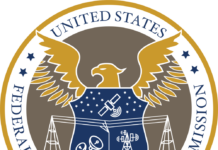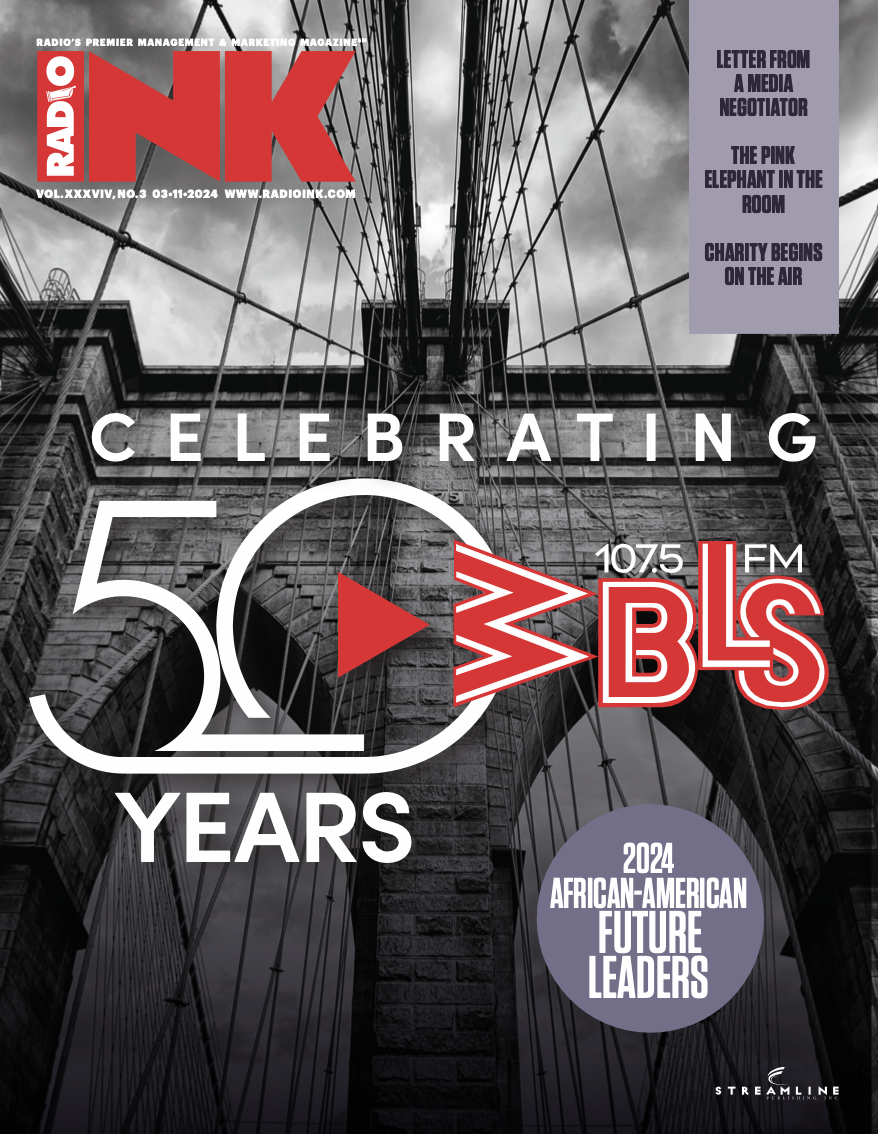
(By Mike McVay) The listener awakes. Something is different. It feels wrong. There’s a disruption to routine. The radio station that they have on their clock radio, smart speaker or that they use for the alarm on their phone, has changed. The music is different, or now there is no music, and the air talent are different, or their favorite station is playing the same song over and over again as a crazy zany radio stunt.
Welcome to the new year — it’s format change season.
When you change format, whatever the audience share is that was listening, was there because they liked what you were doing. To a listener, their favorite radio station changing format or eliminating their favorite air-talent, is personal. It is upsetting to the passionate P1 of your station. No matter how poorly your station may have been performing, you’ve not just abandoned a format, you’ve abandoned an audience.
The reason for a change is usually sagging ratings, or that the sales department has trouble selling a particular format, and after much discussion and debate … a format is changed. Usually when a station changes formats, it’s for one of those reasons, although I’ve seen good top-of-the-tier stations blown-up because someone thought they needed to make a change before the audience eroded.
One would hope that research was done. A market study to determine the strengths and weaknesses of the current format and an evaluation of the opportunity for possible future formats. A deep dive of the market’s rating picture is also warranted. Ratings are research, after all. The anecdotal approach can be a costly one. Saving money on research, and losing millions of dollars by making a mistake, doesn’t seem like smart business. It’s an approach that many take, regardless of the risk.
If you’re among those who have made a recent format change, be open for a healthy dose of reality. It takes time to build an audience anew when a format is changed. It takes time for new shows and personalities to catch-on and build an audience, too. One of my friends and former colleagues often says, “fast cost money.” You want fast success? It cost money.
Patience is not a virtue that I’ve seen much of in today’s media environment. Marketing, which is needed when launching a new format or making on-air changes, is scarce. Whenever you make a change on the air, no matter how big or small, you are giving some part of your audience a reason to sample other radio stations, consider other entertainment and information options, and putting a rebuild at risk. When you change format, there is audience loss and confusion. You need to market the change.
Despite having marketing, changes that are made have to be noticeably better than what was on the air before, better than that of a competitor or fill a format hole. You need to provide an incentive to move an audience from a competitor to your station. Connectivity to the audience you desire to connect with is important. Social media is a great way to make that connection, but you will need mass marketing to build a raw audience sizeable enough to overcome the wobbles of rating methodology.
Success from a format change is hard work and doesn’t happen easily. It takes time. It isn’t your birthright to be #1 or even in the Top-5 in the ratings. A few years ago, a #2 rated station that I once consulted blew-up itself as management said, “if we can’t be #1 … what good is it?” They had trouble selling advertising on the station. So, they tried to fix a sales problem by changing format. Being second ranked looked pretty good after they fell to 6th following the format change. That station never made it back to #2 and never rated higher than 4th again. They’ve changed format twice since then. Still not #1.
The day of a dozen over-the-air (OTA) signals in your market, as the only competition for radio, is long gone. I need not list all of the entertainment and information sources that compete with radio. It’s safe to say, “there are a lot.” The market is noisier than ever. It’s harder to excite an audience, given their high expectations for superior entertainment. Word of mouth carries less weight than it once carried. A format change, promoted only on your own airwaves, will have a steep mountain to climb to find success.
One final obstacle to be conscious of is signal. What audience lives within your coverage area? Admittedly, there is a lot of audience who listens to the radio online, but research says that it’s still not a greater number than the number of listeners that hear the OTA signal. Digital puts your station everywhere, but until the scale of digital listening is greater than OTA listening, signal matters. If your signal has limitations, you need to focus on those within your coverage footprint, and you need to place a greater importance on streaming via digital delivery.
Before you change format; acknowledge that change comes with risk. Be as sure as possible that the changes to be made are the right ones, will be marketed, and that you have a commitment to be patient and allow the audience to grow. Do it right. Do it big. Do it all. If you can’t, then be prepared to become an afterthought to the general market in your community. Remember the time validated saying that a first impression is a lasting impression.
Proof:
Q: If you get a bad meal at a new restaurant, when do you go back?
A: Never.






Thank you for sharing Dave. Much appreciated. #truth
Having been through this a few times (with and without success), these words ring true, Mike. When station “A” went through an amazing transformation from a 60’s/70s based Classic Hits station to an 80s based presentation we KEPT the name, KEPT the talent and only changed the music. Eventually more of the station changed, but after we took it to #1 in the 2nd largest market in the US, it was done with strong appointment based marketing. Station “B” changed its name, changed its talent and changed its music. Sales thought that anything but a “soft launch” would alienate current advertisers. The station never really caught hold, and a competitor adopted the identical format. That station is now continually #2 or #1. While that station emanated from 40 miles away, its original incarnation had it in the Top 10 consistently. The “new” station only won middays. The rest of the day it was mired near the bottom of the heap. A full buy-in from all departments of the station is absolutely essential to insure the success of the changes. It’s not cheap, it’s not easy and yet if done correctly it can do WONDERS for an existing – or new brand. Thanks, Mike.